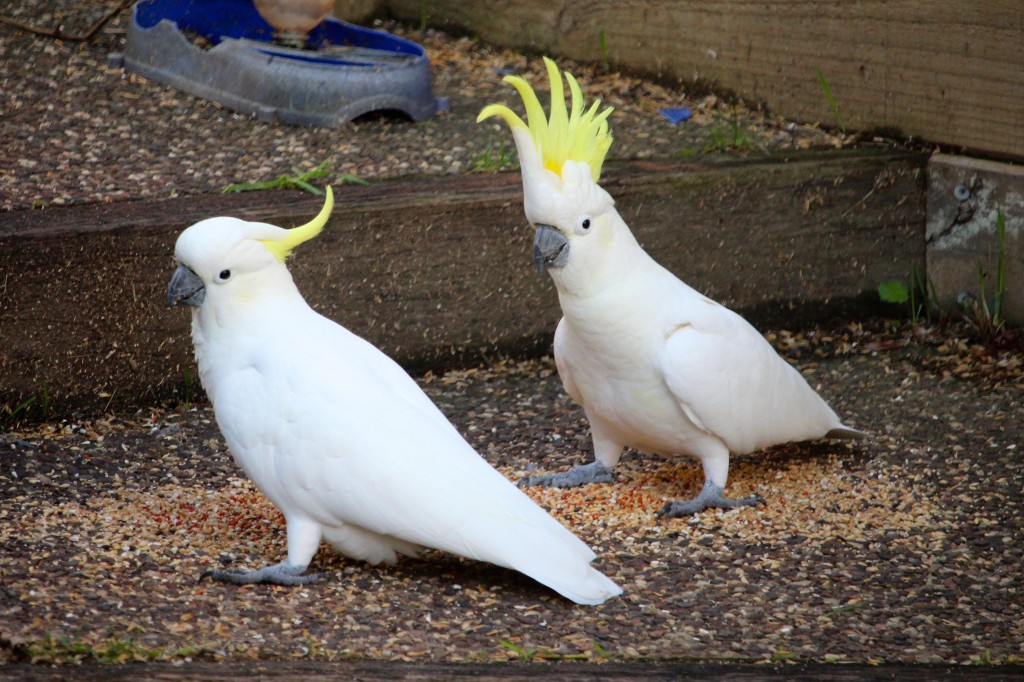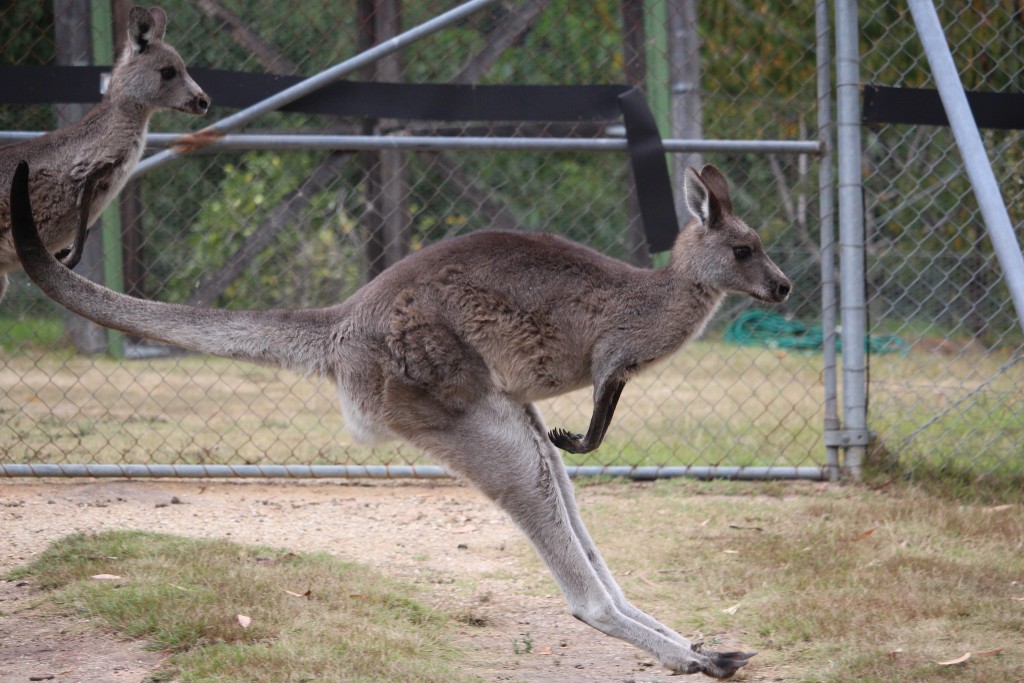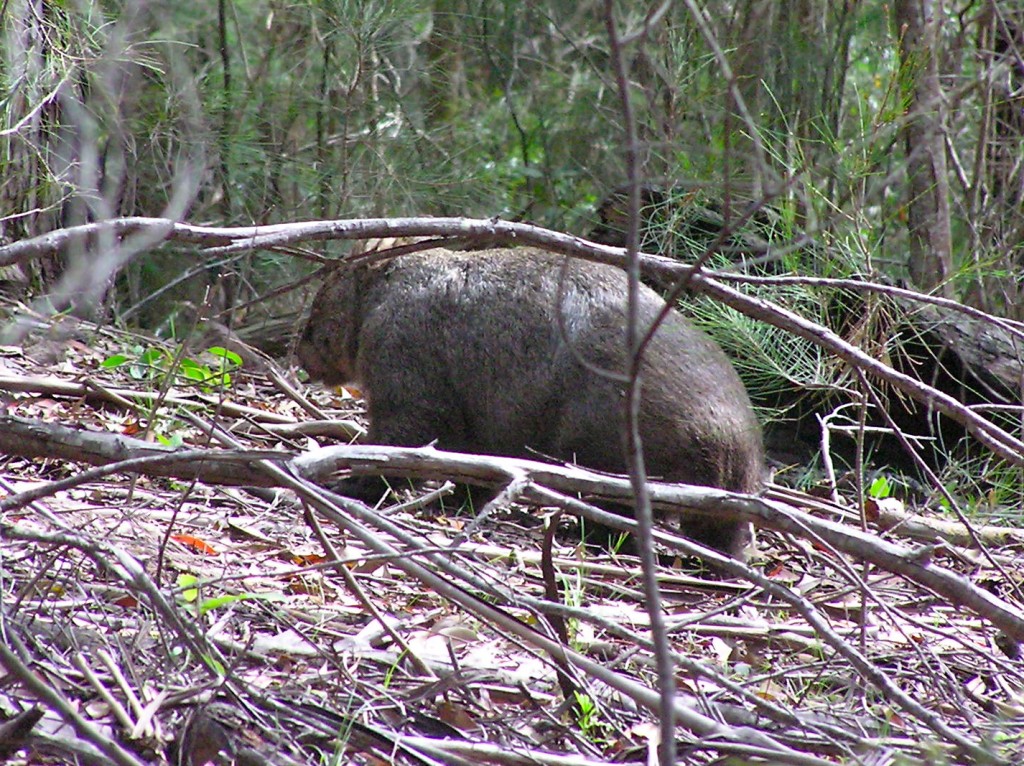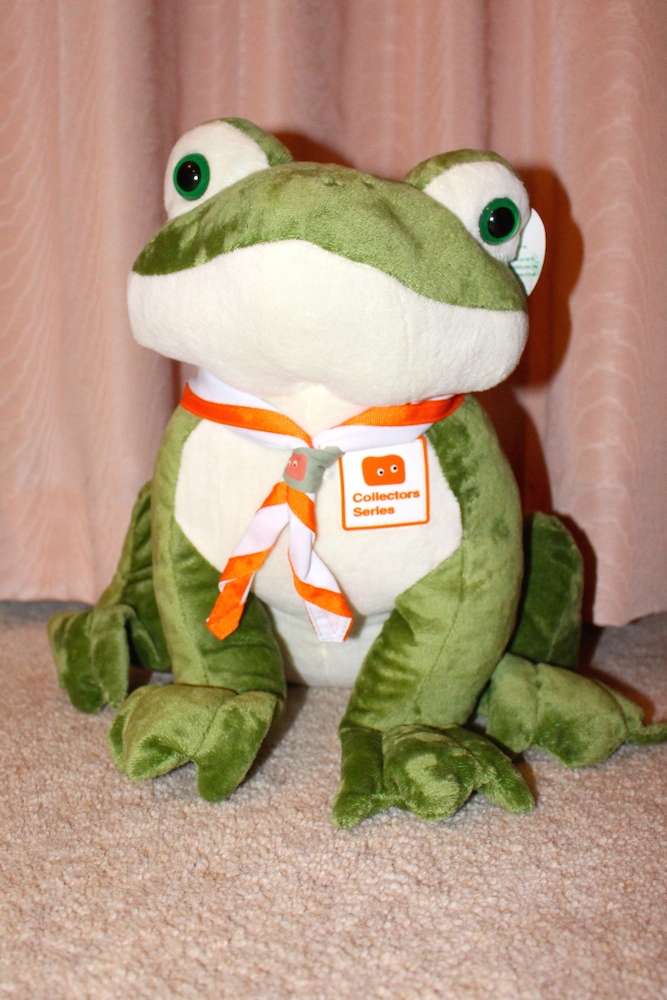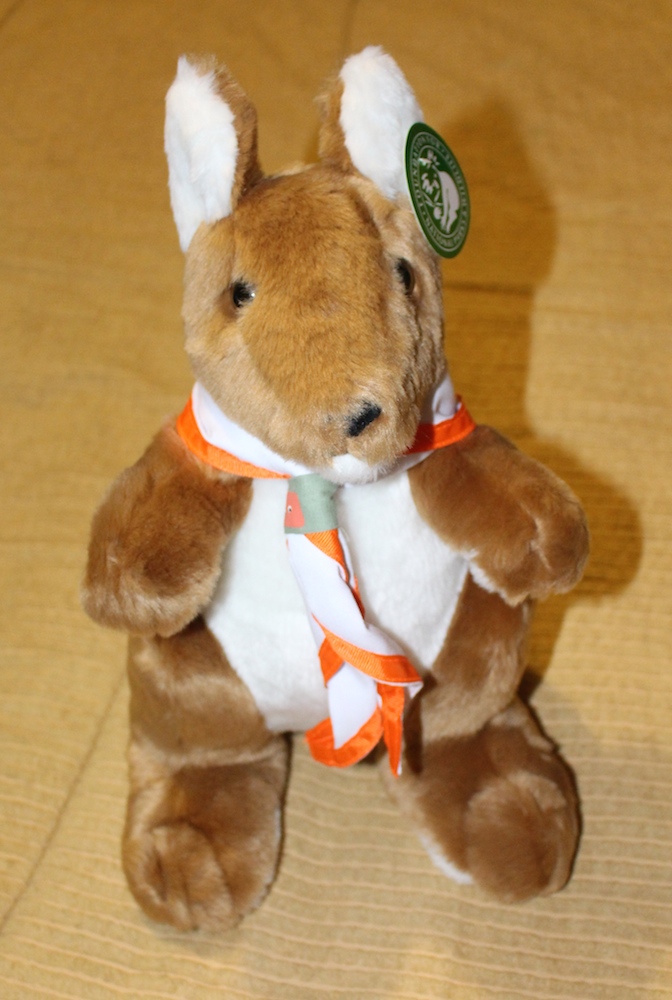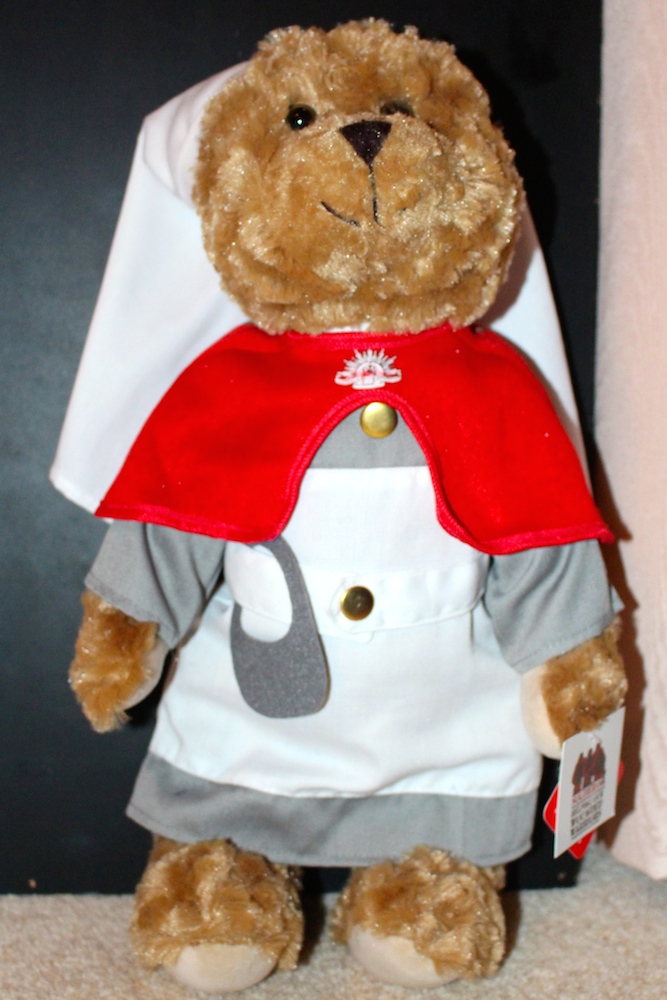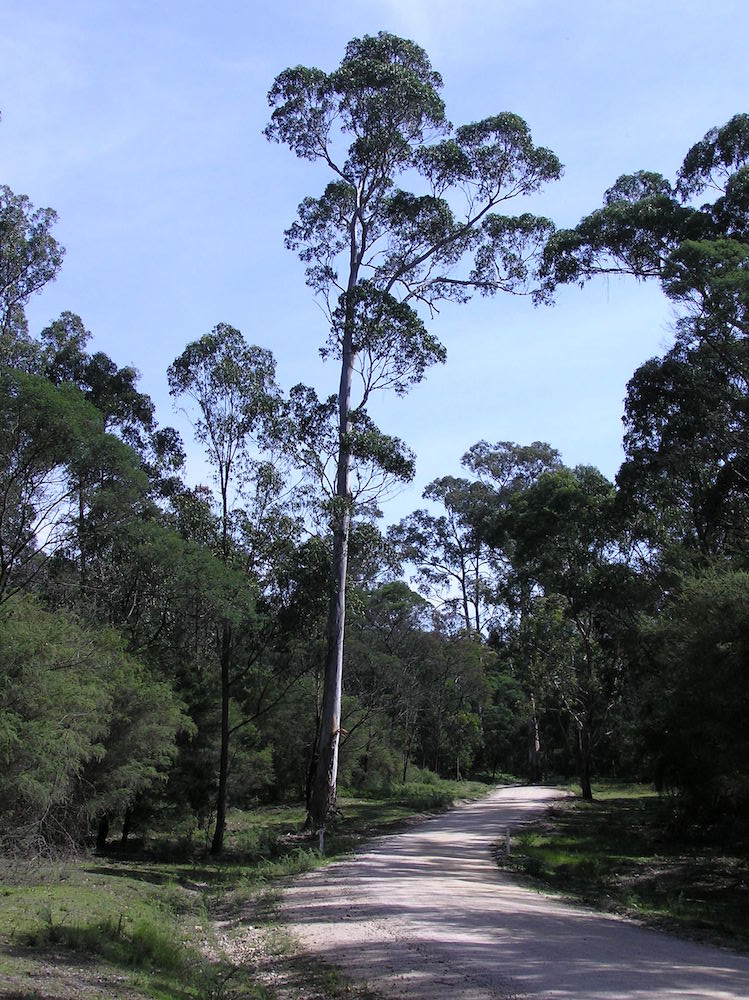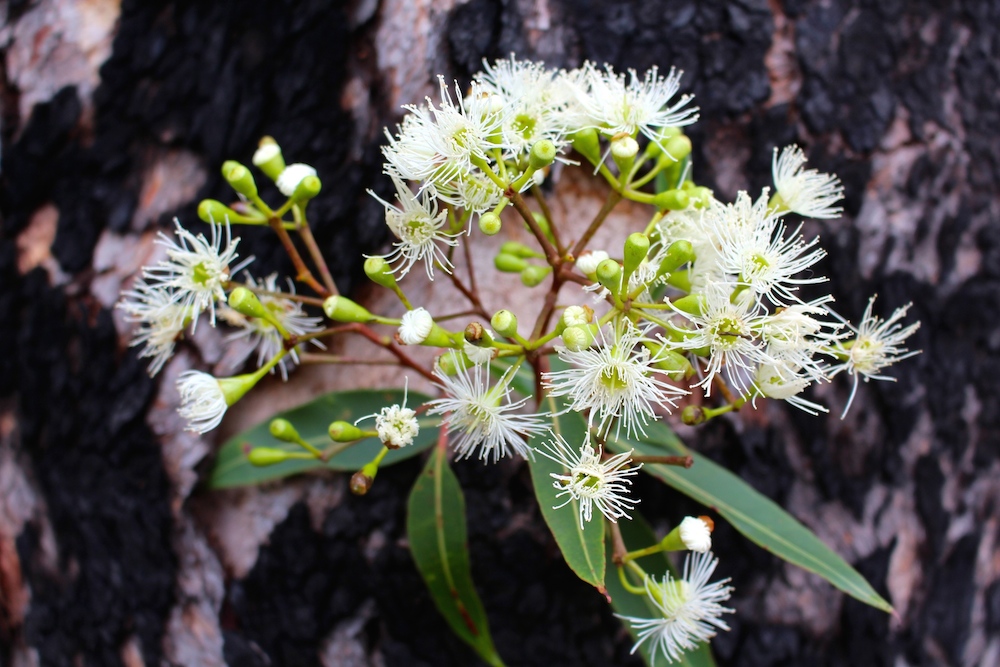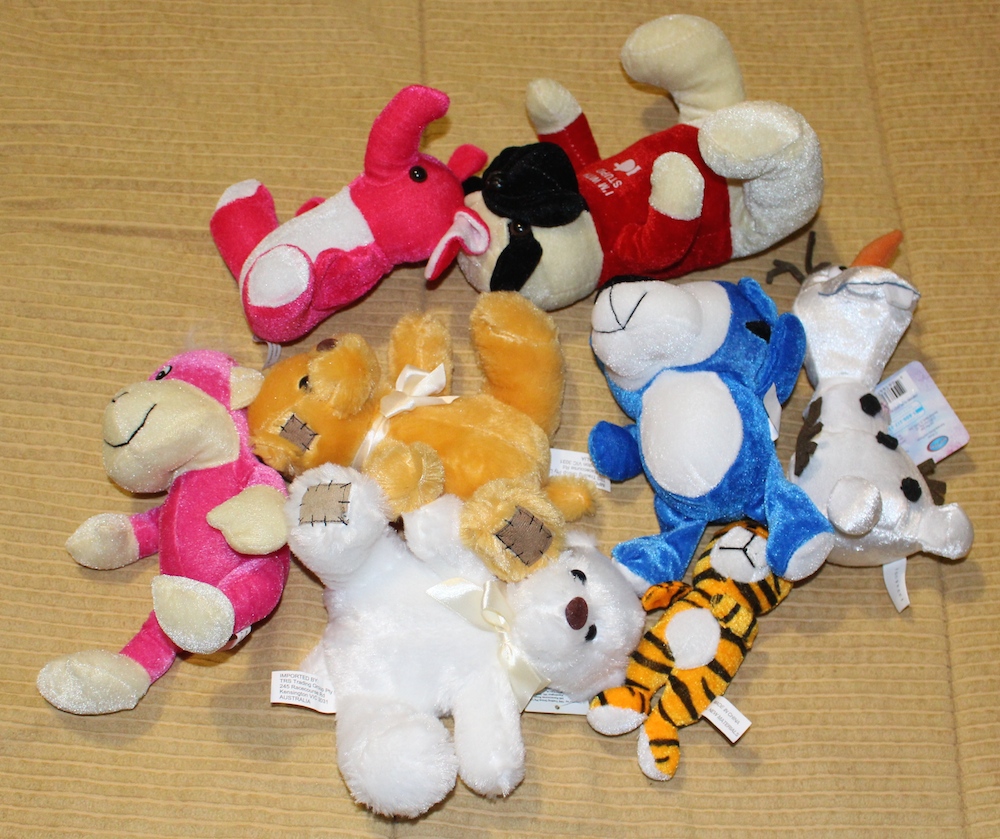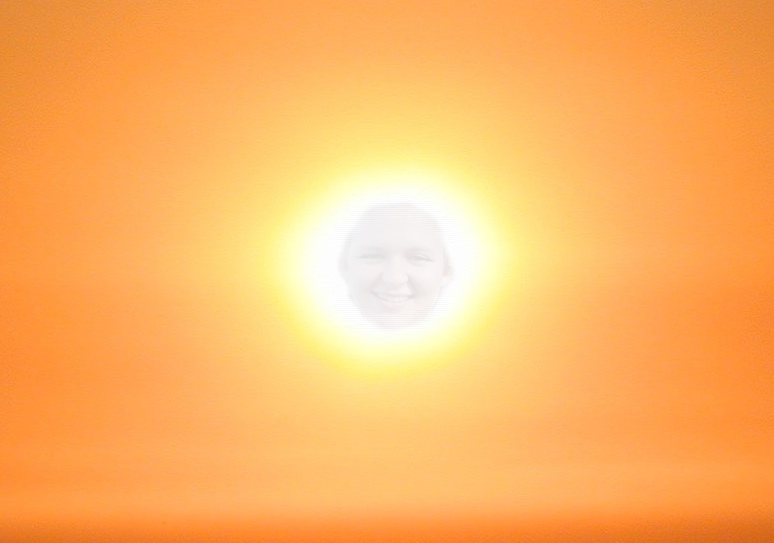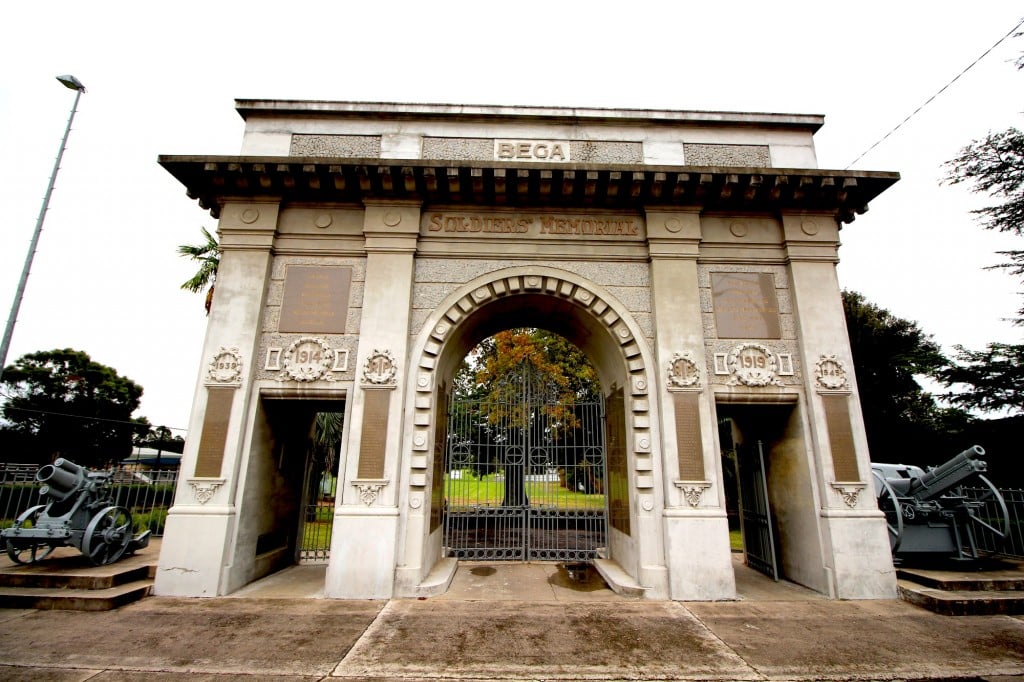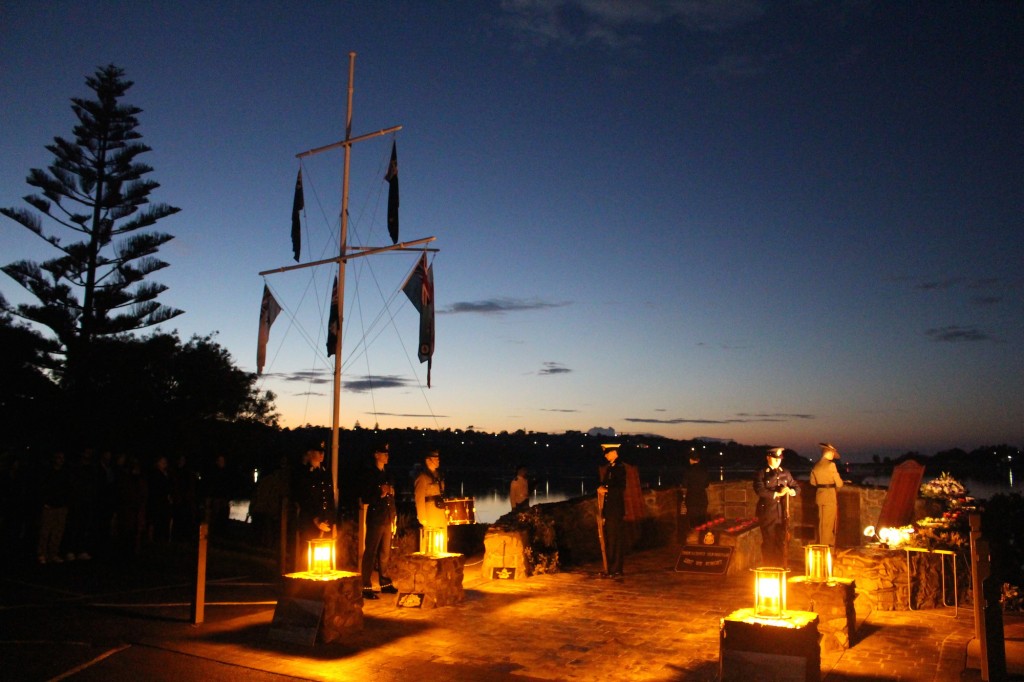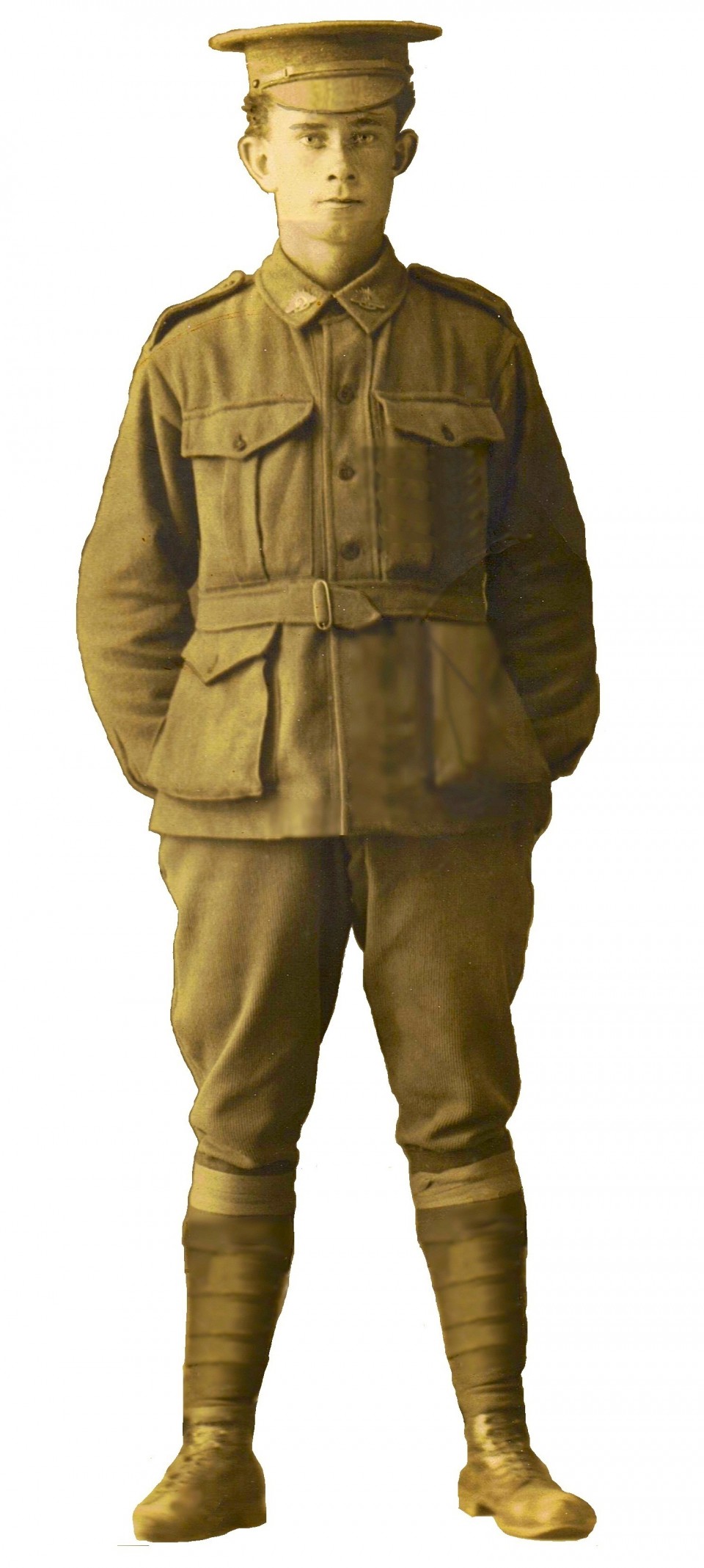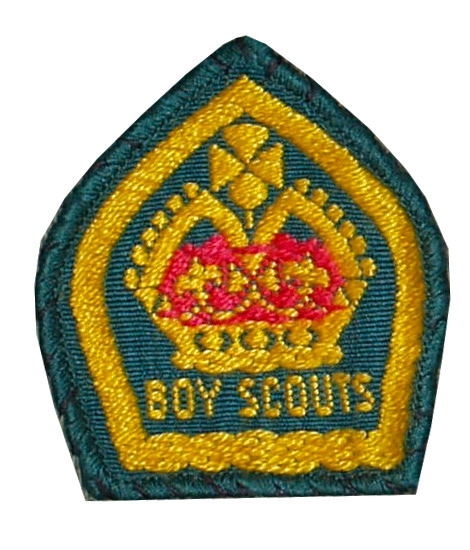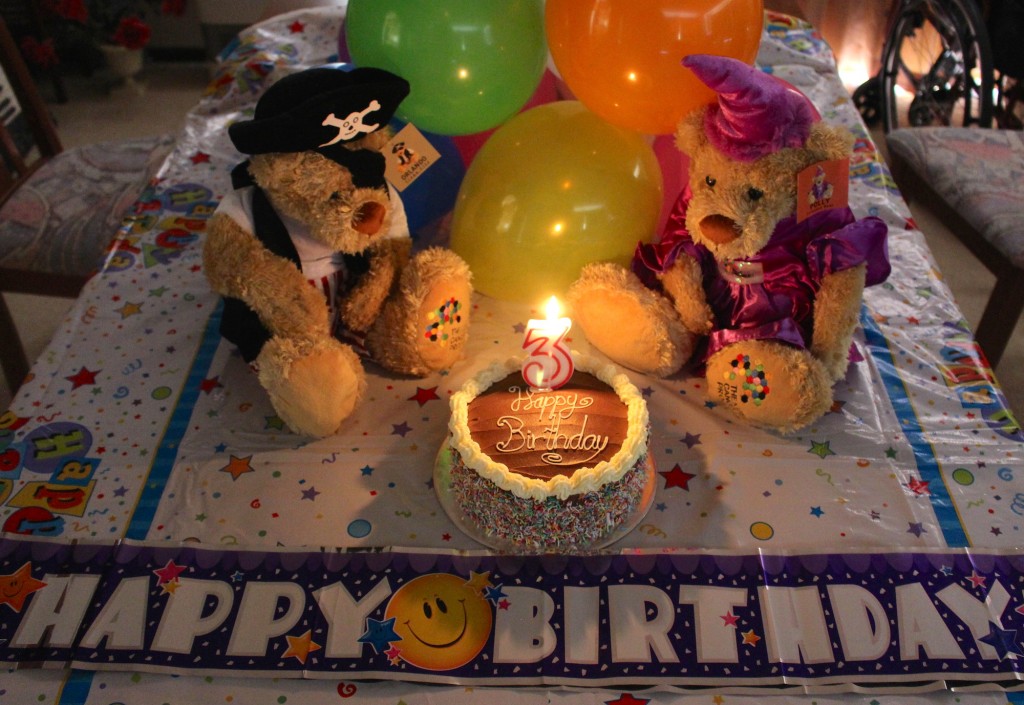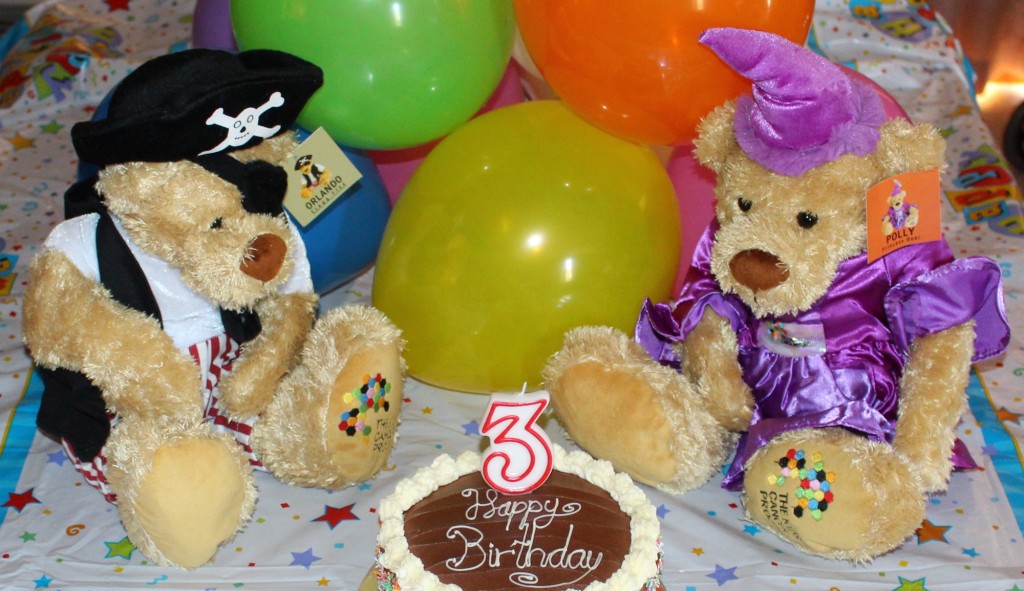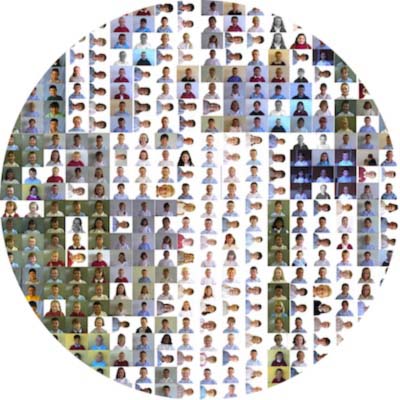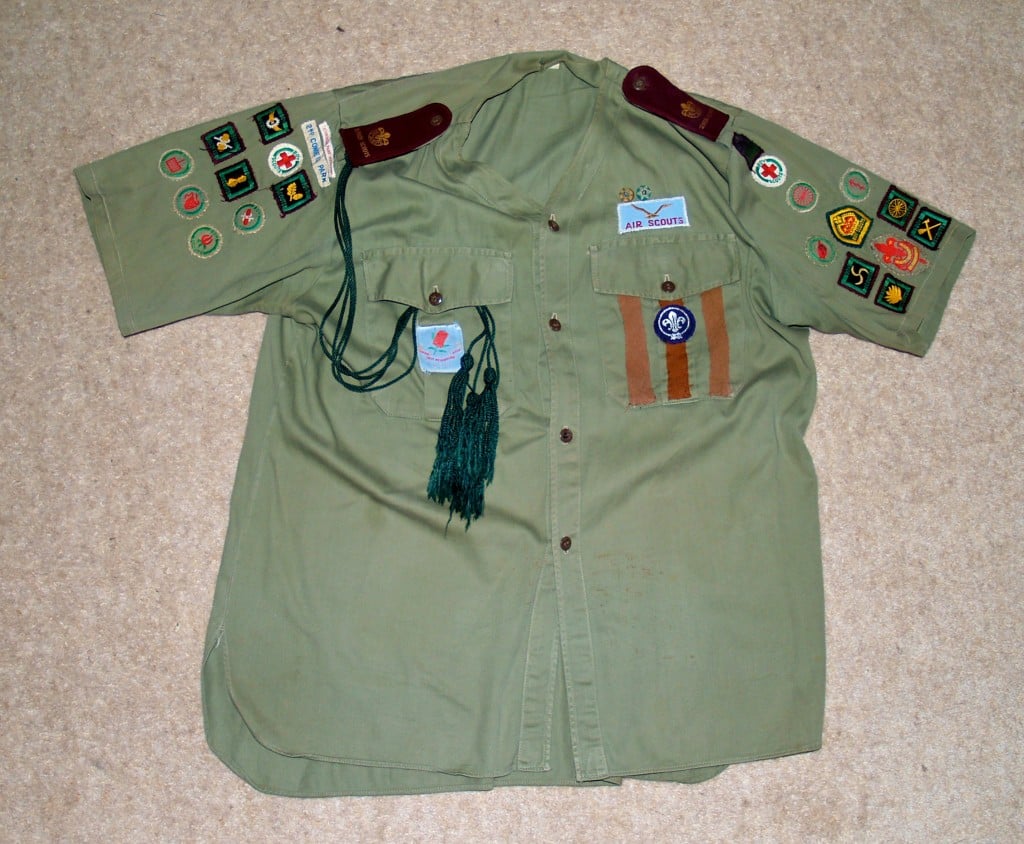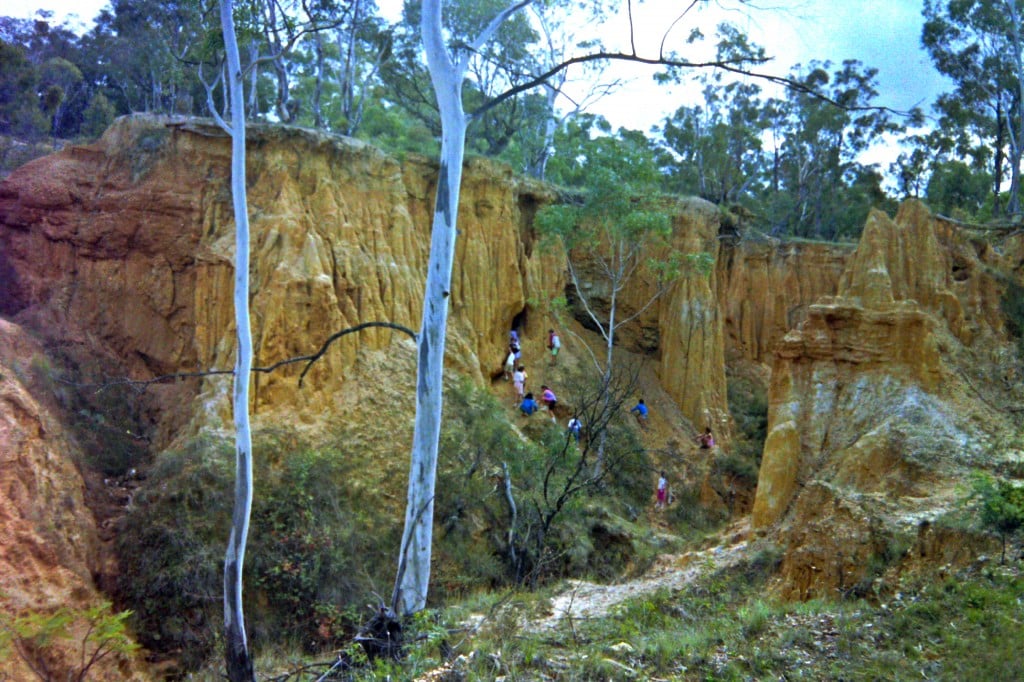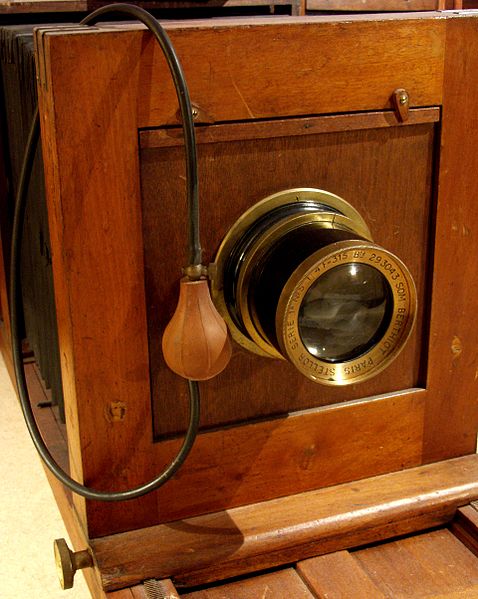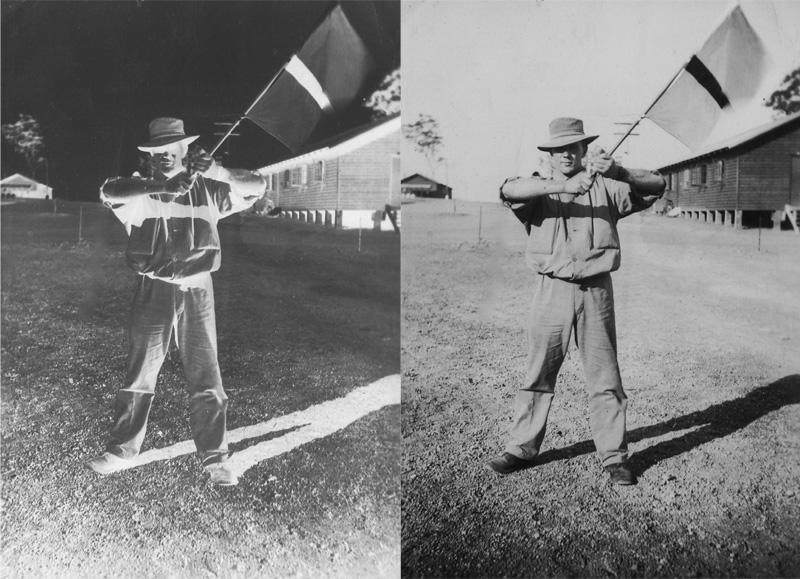To see the Mrs. Yollis and class post click the link...
Family and Friends
Some Aussies Finding a New Home
It's been some time since I have added a post. My life as a carer as well as recording and producing DVDs and occasionally CDs for schools and community groups as well as taking long hikes when I can escape to one of our national parks has kept me busy but, with a new school year having started for some of my Northern Hemisphere friends, I wanted to share a post about some local animals and a group called Backyard Buddies.
Backyard Buddies is a free education program run by the Foundation for National Parks & Wildlife. Backyard Buddies are the native plants and animals that share our built-up areas, waterways, backyards and parks. Backyard Buddies are also the people who value native wildlife and want to protect it.
In order to raise funds and awareness, Backyard Buddies sells soft toys. Appreciating the work they do, I have purchased some over the last few years and want to give them a new home. I will share a little about each of the three soft toys I have and at the end of each section will reveal where they will find new homes.
Sulphur Crested White Cockatoo (Cacatua galerita)
Sulphur-Crested White Cockatoos are common in my area and are often heard because of their loud squarking call. Most days, some of the cockatoos visit my yard looking for seed I leave out for native birds. Occasionally, one of the cheeky birds comes near my back door, looks inside and squawks loudly if I'm a little late putting out seed.
The photo is of a pair of cockatoos looking for seed in my backyard. I have a Backyard Buddies cockatoo soft toy that will be winging its way to a school I know so well in Calgary, Canada. They will also find a small plastic sign, a copy of the type drivers in Australia might see along the roads in some areas.
Kangaroo
Kangaroos, and the smaller wallabies, are often seen when I'm hiking or along roadsides. Because of this, kangaroo warning signs are often along the roadside. For the unwary driver, the kangaroos and wallabies can suddenly jump in front of cars , especially in early morning and dusk. I'm sad to say, I often see kangaroos and wallabies on the roadside that didn't make it across roads.
Occasionally, kangaroos and wallabies visit my front yard in order to fee on the grass on my lawn. The most common kangaroo species around here are eastern grey kangaroos (Macropus giganteus). The males can be up to nearly 2m in height. The photo is of a young eastern grey kangaroo in full hop. The most common wallaby species is the swamp wallaby (Wallabia bicolor).
Did you know scientists looked at the hopping of kangaroos and wallabies because they wanted to find out if it was an energy-efficient way of moving? They found the hopping can help them cover large distances quickly whereas walking would use much more energy to cover the same distance.
A Backyard Buddy kangaroo will be hopping its way to a school in Whitfield, U.K.
Wombat
Wombats, like kangaroos and wallabies, are common in my area and can sometimes be seen along the roadside where they weren't able to make it safely across the road. The plastic sign with this Backyard Buddy is a small version of the wombat warning sign drivers can see along some of our roads. The photo shows an adult wombat I saw while hiking. Unusually, I saw it during the day whereas they normally come out of their burrows as it starts to become dark.
The wombats in my area are known as common wombats (Vombatus ursinus), They can be an average of about 26kg in weight. The photo below is of a young wombat being cared for at Potoroo Palace Native Animal Educational Sanctuary. It's mother had been killed on the road.
The Backyard Buddy wombat will be digging his way to a class in California.
My Local National Parks
There are three national parks as well as two nature reserves in my area, They are Ben Boyd National Park, Bournda National Park, South East Forest National Park, Bournda Nature Reserve and Nadgee Nature Reserve. When I can find the time, I visit some of the sites and go hiking and taking photos. You can see some of the photos I have taken on my Google+ page at Ross Mannell.
As I tend to hike alone, I carry a peronal emergency beacon (PEB) with me in case of an emergency if I'm out of range for mobile phones. My love of hiking dates back to when I was a Scout back in the 60s.
A Class Who Brought Sunshine Through Comments
To see the post from The Blogging Hawks, click below...
The Blogging Hawks
Hello Blogging Hawks,
What a wonderful surprise it was to read your post. You will find a comment for each of your comments below but I wanted to write a little first.
At the bottom of your post, there is a quote…
Those who bring sunshine to the lives of others cannot keep it from themselves.
~James Matthew Barrie
Looking back through my life, I must say I cannot remember when I started along my journey of giving and sharing with others. I suspect it’s something that can grow in all of us from when we are very young if we can open ourselves to the sunshine it brings.
The sunshine can’t be stopped from lighting our own lives. I know I enjoy being able to share whether through words, photos and video clips in a blog or items I have picked up such as your Orlando.
You know about Polly Princess and your Orlando but I also purchased a third bear from “The Kids’ Cancer Project”. I hope they don’t mind me using the below image from their website but I wanted to show you Olivia Cate Fairy Bear.
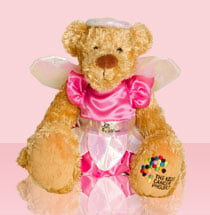
This photo should not be used by others. It was taken from the Kids Cancer Project website, an act I hope they don't mind. It has been used to show the bear I donated back to them.
I bought Olivia and donated her back to The Kids’ Cancer Project so they could give her to a sick child in hospital. In a time when sunshine might seem to leave us, I hoped she had brought a little brightness to a young heart.
And now to your class comments…
Oliver – I may have not had a class of my own for nearly 10 years but it seems I am always looking for things to share with classes. I am glad to read you liked Suzie, the card readers and Orlando. Believe it or not, I already have some other items I will probably give away on the blog in the future. It seems charities know I will help when I can. Here is a photo of the latest new friend of mine from Backyard Buddies. It's a green tree frog…
Mani – How wonderful you mentioned the peregrine falcon. Every day I put out seed for local birds that come to visit my house. One day I heard the noise of birds flying off quickly and looked to see what had scared them. Sitting on my roof was a peregrine falcon. I think it wanted to catch one of the birds. Here is a photo of some of birds who regularly visit my yard. Unfortunately, I didn't have the camera handy when the falcon visited.
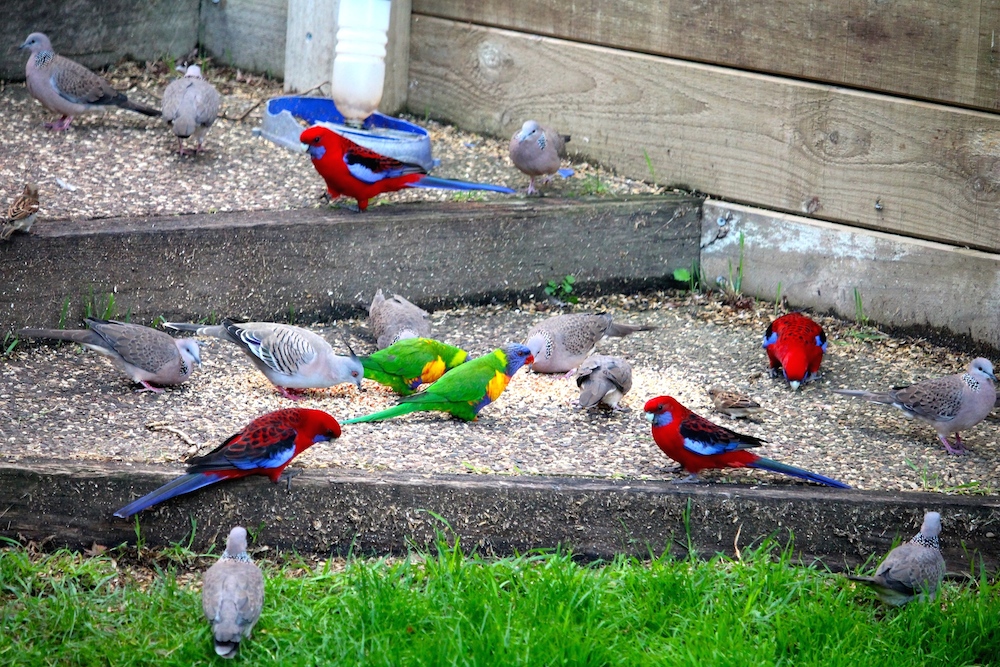
Schools and students have permission to use this graphic for non-commercial, educational purposes. Birds include crimson rosellas, rainbow lorikeets, crested pigeons, a sparrow (not native) and spotted turtledoves (not native).
Aleah –I love to give but this means in return I also get gifts. My gifts come from the enjoyment I see in others when they receive things I send. I love that far more than receiving gifts I can hold. I’m glad Orlando has friends to keep him company.
Adam – It will be some time before my blog hits another milestone but I already have some new friends waiting for a chance to celebrate a milestone. I shared a photo of one with Oliver so here is another. He is a Backyard Buddies wallaby. I say he because he would have a pouch if a female…
Faith – I knew Orlando would be welcome in your school because the other friends I have sent always found a good home. From my blog, you probably know I also sent Polly Princess to California. Unfortunately, Polly arrived too late as the class had gone on summer vacation. I have decided next year it would be better if I offer gifts before the blog’s birthday so I can show the winners on the day. This would mean gifts have the chance to arrive before vacations. I will write a birthday post in May, 2016 and show the winners on the blog’s birthday, May 23. What do you think?
Shaye – I know a number of people see the special milestone posts I write but many don’t leave a comment. Mrs. Renton’s classes have always been keen to write comments so they have better chances of receiving a gift. It seems strange but no schools in my own area have ever left comments. Perhaps they know they can see the real animals when they want.
Liam – You have probably noticed the photos of some new buddies above. I do have an unusual friend in the waiting queue. She is an Australian Army Nurse bear from the Australian War Memorial. Some of the money paid for her goes to wounded soldiers. I think she is cute but I shouldn't say that because she is a Lieutenant according to the pips on her shoulders. She will find a new home in the future.
Olivia – I think I am probably more surprised than you how many have visited my blog. When I started it in May 2012, I thought a few in the classes where I gave a comment might visit but now the blog has had over 110,000 visitors and 192 national flags. Isn’t it amazing how many people we can connect with through blogging?
Roxanne – I always find I learn when I share. I like to check the information I share and in doing so I often learn new things. Learning, good learning, comes from sharing and learning with others.
Haya – I also like the cards and reader. I ended up sending out three complete sets. Two went to Canada and one to U.S.A.. I’m waiting to see if my local supermarket runs another collector series I like. If so, I might have more to share with Mrs. Renton’s new class and perhaps you might be able to see them.
William – I also like to write comments but I think you know that. It seems a simple comment is really never enough if you have much to share. I do also have other collections I keep because of my many interests. They include rocks, music, movies, books and even some model trains I have had for very many years but these collections are never sent out or only, as in the rocks, shared as photos. Would you believe I even had a computer collection in the 1990s? I had 45 of them. They were old and needed repair so I fixed them then I would lend them to students. I mostly gave them all away to students over the years. Now I only have four including an iPad.
Robert – It’s easy to care about the world once you realise there are so many wonderful things, places and cultures. Back in the 90s, I worked as a teacher through the week and on weekends as a childcare worker in a hospital. My hospital work was as a playgroup leader. I would have games, crafts and activities for the children in the hospital. What amazed me about the children was they would try to have fun even when very ill. I like to think the Olivia Cate Fairy Bear I donated added a smile to a face.
Prayers – You are very welcome. I know Orlando will enjoy his new home, especially as Suzie will be there with him.
Bryan – The contests were a solution to a problem for me. I was buying items from charities but didn’t have room to keep them so I thought they would be happier in new homes where they would be loved. 🙂
Marah – I try to help charities whenever I can but I can’t help all that ask. I favour charities for children and animals. Kids Cancer Project is one I help when I can.
Riley – It’s hard to believe your year in Grade 3 has now ended. I wonder what great learning adventures lie ahead in Grade 4? I was always excited about getting a new class each year. It meant a whole new lot of shared learning adventures.
Sofie – It was kind of you to give a lovely gift to your sister. I know Kids Cancer Council, as well as Orlando and other bears his size, also have a much larger bear. Their Big Bear is 130cm (51 inches) tall. Could you imagine trying to post something that big? They might want him to sit in a seat on a passenger plane. 🙂
Alvin – I was once asked how I manage to win competitions (I have won a couple) and I say the first step is trying. Your class and other of Mrs. Renton’s classes enter whereas many don’t. It’s one of the secrets of life. We have to try if we want to succeed. I’m glad you liked the special friends I’ve sent. 🙂
Thomas – That’s kind of you to wish more classes had added comments for the koala draw. Maybe they thought they could only enter if I had written a comment for them but any class can enter the draws. I sent emails to my local schools about the draw but none entered. I suppose they thought the koala was cute but, living here, they can see living koalas. Yes, I have held a real koala. Because they only eat leaves from certain eucalyptus (you-ca-lip-tuss) trees, they smell a little like eucalyptus. Perhaps you can buy eucalyptus oil in Canada. If you can, you would know the smell.
The tall tree in the first photo is a type of eucalypt tree and the flowers are from a eucalypt tree. The flowers burst out of what we call gum nuts. You can see unopened gum nuts in the photo. You can’t eat them but bees love the flowers. Did you know native Australian bees can’t sting? We have honey bees here that do sting but native Aussie bees are smaller and safe.
Saadia – You can see in the comments above I already have other stuffies waiting to find new home in the future but you might not know about some others I have. Over the last few years Halloween Trick or Treating has grown in my town. I prepare all sorts of treats for what can be over 60 visitors. Some of the treats include small bears and other animals. You can see some I already have for this year.
Luisa – Before sending out the three sets of cards and readers to schools, I tried the cards on a spare reader I have. Some were incredible to hear. I don’t remember there being a card for koala sound but I can tell you they can make grunting like sounds, especially the males.
Marcus – It may seem strange but I never set out to have a blog seen by so many people but was happy to see the number of visitors grow. It made me feel as though I was still part of a class but this time, instead of being a class in a room, it is a very big class spread around the world.
Colby – One thing you can learn the more you know about a subject is how little you really know. That sounds strange but it means as you learn you start to realise how much more there is to know. That’s why I am still interested in many things. I seem to always be learning something new as I write blog posts. We only need keep out minds and senses open to the amazing world in which we live.
Carter – It would be very strange for my blog to receive gifts on its birthday but, from the pictures I share each birthday, you can see there is a party and I get to eat some birthday cake. Next door to my house there are two children I have at times looked after when their mother has to be away. They love to share the blog birthday cake even though they are now 12 and 15 years old.
Anita – Shipping can be expensive but I love to give and see that as part of giving. When I had classes of my own, I liked to buy things for them to use and still, after 10 years away from a class, have craft materials I bought back then. Now my “class” is much bigger but I still love buying things and sharing.
How do I get time? I sometimes wonder myself but I always seem to find time when it’s most needed but it can sometimes mean very long days.
I liked your comparison to changing a pumpkin into a carriage. Perhaps you were thinking of the recent cinema movie, “Cinderella”. Another of my hobbies is going to the cinema. I saw “Cinderella” a number of times before it finished and loved watching the pumpkin turn into a golden carriage.
Back to your post’s ending quote…
Those who bring sunshine to the lives of others cannot keep it from themselves.
~James Matthew Barrie
Your comments brought some sunshine into my life. I hope you all enjoy your learning adventures in Grade 4.
This picture was one I prepared for a very short (54 word) story I wrote for a writing challenge back in 2011. We had to use the words “You are my sunshine.” I remembered it after I read your quote. Writing short stories was another hobby of mine but I never thought them particularly good. I just loved the writing challenges. You can find the stories using this link…
Ross’s Writing Blog
ANZAC Day: A National Holiday
This post was written as an extended comment for a student sharing a post on Memorial Day in the U.S.A. You can see her post by clicking...
Memorial Day: A National Holiday
Hello Mallory, Mrs. Yollis and class,
I found this post to be interesting as it shares a few things of interest to me. Looking at Memorial Day, Australia's equivalent would be ANZAC Day held each year on April 25. It's a day when Australians remember those men and women who have served our country in war.
Bega Soldier's Memorial
A Little ANZAC History
This year, 2015, held special significance for Australia and New Zealand because it marked the 100th anniversary of the day the ANZAC tradition began. Firstly, ANZAC is an acronym coming from Australian and New Zealand Army Corps. It's a word used to describe the combined forces sent by New Zealand and Australia to help England in World War 1 (WW1).
Australia had only become a nation in 1901 when the British colonies, now our states, agreed to form the Australian Commonwealth, i.e. Australia as a nation. With England's declaration of war against Germany in WW1, the Prime Ministers of Australia and New Zealand also declared they were at war with Germany. This was to be the first time Australians had gone to war as Australians.
Ships set sail from Australia and New Zealand with troops expecting to fight in Europe against Germany but a failed attempt to use naval strength to take the Ottoman Empire, and ally of Germany now known as Turkey, out of the war, ANZAC and other troops of the British Commonwealth were sent to the Gallipoli Peninsula then known as Çanakkale Savaşı to the Turkish. It was on April 25, 1915 ANZAC troops first landed at Gallipoli.
The Battle of Gallipoli (Çanakkale) lasted from April 25, 1915 until January 9, 1916 when British troops including the ANZACs withdrew from Gallipoli. There was huge numbers of soldiers killed on both sides of the battle where conditions were very poor for soldiers, many also dying of disease.
For the ANZACs, it may have been a defeat but it marked the beginning of a tradition. ANZAC Day each April 25 is a time when Australians and New Zealanders pause to remember those who have died in wars from that first battle up until modern times.
What did I do on ANZAC Day, 2015?
A few years back, I set myself a task of filming the ANZAC Day ceremonies in towns having one of the local schools in our Sapphire Coast Learning Community including 2 high schools and 13 primary (elementary) schools. I knew it was a task that would take a number of years as I didn't expect to finish until 2018. the 100th anniversary of the end of WW1.
My ANZAC Day this year started at 4:30 a.m.. I rose and headed down to the memorial in my town of Merimbula in order to set up a video camera to record what is known as the Dawn Service. The Dawn Service ended a little after 6:00 a.m.. I haven't as yet processed the video of The Dawn Service so I can't yet share it here but the photo below was taken during the service.
Merimbula Dawn Service
After returning home for breakfast, I next headed into our main shire town of Bega for the ANZAC Day March and Ceremony. It was only after this ceremony my ANZAC Day ended. I returned home by 1:00 p.m..
Below are two video clips I made of the Bega ANZAC Day march and ceremony. They were used in a DVD I gave to schools in Bega and members of the R.S.L. (Returned Services League for veterans).
Bega ANZAC Day March and Ceremony part 1 and 2
Do I have anyone in my family who had served in the military?
Before WW1 started, I had a great uncle (my father's uncle) who was in the Australian Naval Reserve. With decelaration of war against Germany, naval reservists were called up and sailed north in order to capture Germany territories around New Guinea. That means my Great Uncle Ernie was in one of the first battles of World War 1.
Great Uncle Ernie taken in 1915
After taking over the German colonies, my great uncle had returned to Australia and had resigned from the naval reserve. He was later to join the Australian Army and was sent to fight in Europe. He was killed in action over there but exactly where he lies isn't certain. He was one of the many unknown soldiers.
With the coming of World War 2 (WW2), my father and five uncles joined the forces serving in the Australian Army, Royal Australian Navy and Royal Australian Air Force. All of my uncles survived that war and returned to Australia.
My father (left) and a friend in 1940 before leaving for Singapore.
My father had also returned but his fate in the war wasn't as "easy" as the others. He had been sent to defend Singapore from Japanese attack but, when Singapore surrendered to the Japanese, he spent most of the war as a Prisoner of War. He always marched in ANZAC Day marches. My brothers, mother and I would travel into Sydney to watch so ANZAC Day is also a day I remember my father who died back in 1967. My mother is a War Widow as it was determined my father had died as a result of his years as a P.O.W..
What else caught my interest in your post?
You mentioned you were a Girl Scout. I spent many years as a Cub Scout and Scout and eventually rose to earn the Queen's Scout Award (sort of like the Eagle Scout). As a scout, I had at times marched in ANZAC Day parades as a flag bearer. Scouting gave me a love for hiking and the outdoors that has stayed with me through life. Below is a photo of my Queen's Scout badge.
If the British Commonwealth has a king as it's head, this badge would be known as the King's Scout badge. My Queen's Scout badge was awarded to me by the then Governor of New South Wales, Sir Roden Cutler, back in the early 70s.
Blog 3rd Birthday – May 23, 2015
Like the bears in the photo above? They are Orlando Pirate and Polly Princess I purchased from The Kids' Cancer Project. Read to the end for a birthday surprise.
Background to Items given away on this blog...
When considering my major blogging events at the beginning of this year, I knew three were approaching. At that early time, I thought they might spread throughout the year but, with the free or not for profit photographic, video, DVD, CD work I do for community and schools growing, busy times have meant the events have come close together. Two have already been achieved and posts written. They were...
Koala – Phascolarctos cinereus & 100,000 Visitors posted February 18, 2015
Post 201: About Bilbies and 200 Posts posted May 23, 2015
It wasn't meant to be but I am writing this blog birthday post on the same day I wrote the post celebrating the 200th post which included a class giveaway. It means I will be running two giveaways for classes (the bilby items in another post and the above bears), both to be decided June 6 to allow for Northern Hemisphere classes approaching their end of school year.
Why giveaways? Whenever I can, I support a number of charities. Some, as fundraisers, offer items for sale. The koala in the Feb 18 post came from "Backyard Buddies", a group supporting animals and the environment in national parks. The bilby items come from "Save the Bilby Fund" raising money to help preserve the bilby.
For the 3rd birthday post, items come from "The Kids' Cancer Project" from The Oncology Children's Foundation. I bought two of their bears to give away. Details of the giveaway after a little information on "The Kids' Cancer Project".
A Little About The Kids' Cancer Project
(Text taken from The Kids' Cancer Project notes.)
The Kids' Cancer Project has a single mission: To cure kids' cancer
Childhood cancer is the leading cause of death from disease in Australian children. Finding cures for 100% of kids' cancer is dependent on medical research. The Kids' Cancer Project funds The Tumour Bank, The Gene Therapy Trial, Drug discovery Program and the C4 Consortium of 8 expert cancer scientists, as well as other targeted research.
Two Bears Needing a New Home
Orlando Pirate and Polly Princess want to find a new home with classes somewhere in the world. If your class would like a chance to receive one of the bears, simply leave a birthday greeting for the blog in the comments. A random draw will decide the winning classes if there are more than two class comments. You don't need to have received a post or to have visited this blog previously. It's open to any school class.
* Note: If individual students want to leave a comment, they must ask permission from their teacher. The bears can only be sent to a class and not an individual student.
It’s Just a Dot – for Global Grade 3
to see Global Grade 3's original post, click the below link...
On Your MARK … Get SET … GO!
A very busy time involving around 300 hours work (from rehearsals, photography, filming, editing and producing) on a twin DVD set then travelling a total of around 1400 kilometres delivering them to 15 schools (some more than one visit) meant this is the first extended comment since July 9th. With the Northern Hemisphere on summer vacation, I spent more time on special fiction writing groups I visit. What a wonderful surprise it is to see, by chance, the first extended comment since July goes to a class blog I have so often visited. Here goes...
It's Just a Dot
Have you ever heard someone say it's only them and so what can they do? Your Dot Day post had me thinking about this. I thought I would share my thoughts with you through a short video clip I posted to You tube for you...
Schools and students have permission to use this video clip for non-commercial, educational purposes.
Making Your Mark
I watched your video clip about how you will make your marks and was very impressed by all of your ideas. They were of helping, persevering, caring for the environment and trying to be brave and do your best.
I hope I have all of the names from your video and they're spelt correctly.
Lane - Helping others is an outstanding way to make your mark.
Isaac - Using less electricity helps conserve resources.
Peng Peng - Being kind to other adds happiness to the lives of others.
Kelly - Trying your best and helping others will help you grow into a wonderful adult.
Hilary - Never giving up on something important is a way to make a difference.
Kale - Trying hard means you will always put your best effort into things you care about.
Hannah - Helping others who are sick or hurt suggests you might want to be a doctor or nurse. Caring for others is very rewarding.
Laurie - Being brave enough to try new things means you can face future challenges.
Aya - Persevering and helping others needing help means you will make a difference.
Noam - Smiling can bring brightness to a dull day and light into the hearts of those who share a smile with you.
Claire - Together with Noam, I think you will make the world a happier place.
Jenna - Helping others not knowing what to do is important. We should share our skills and knowledge with others.
Kennedy - Being kind to people shows them you care and helps them feel good about themselves.
Daniel - Being helpful adds to the happiness of others and rewards you with smiles.
Ethan - Helping everyone even when it's hard means you will make the world a better place.
Catherine - Cheering people up when they're sad is very important. Happiness brings health.
Alex - Making the world a better place is always a good goal and recycling is one part of the goal.
Sam - Helping your family can start you on a path of helping others. People who help others make a difference.
Zyne - What a great idea. I like to try to find ways of using things again. When we do this, we are part of recycling.
Cohen - Picking up litter gives us a tidy environment. Helping others gives us smiles.
Thinking About Dots, what would be mine?
I looked back on my life and wondered what a suitable dot for me might be. I thought what better than a dot made up of hundreds of faces from my classes over around five years. You saw it briefly at the end of the video clip. Here is my dot showing how I have made a mark...
Have I ever been faced with a challenge that I have overcome by PERSEVERING?
What an interesting question you've asked. I suppose I have faced many challenges in my life but that is part of living. A life without any challenges, no matter how small they might be, can be very empty. It's through life's challenges and how we deal with them we grow as people. Here are some of the challenges I've set myself...
When a boy, I was a Scout. I set myself the task of gaining the highest awards as a Cub (Leaping Wolf badge), Scout (Green Cord) and Senior Scout (Queen's Scout Award). Below is a picture of my Senior Scout shirt I still have. It's now over 40 years old.
When I was seven, I set myself the goal of becoming a teacher. By high school, I was collecting things I thought might be useful (including newspaper clippings of the first landing on the Moon). I decided I wanted a science degree even though I wanted to teach primary school. Most primary school teachers back then had diplomas and not degrees and few now have science degrees. My curiosity of the world around me and how it works drove me into science, a curiosity I tried to share with my students. Below is a photo on the day I received my Bachelor of Science degree (I should have worn a suit).
When computers came along, I set myself the task of learning how they work and what I could do with them. There weren't any classes to teach you how back then so I had to learn by myself. I started back in 1975 and am still learning about them and what they can do. I have been persevering with computing and technology for around 38 years now and have shared my knowledge with others. The photo below was taken 15 years ago so the students in the photo are all now adults facing their own challenges.
It's the challenges we face in life and how we deal with them that make us the people we are.
Memories Are Like Movies from the Past – for Battlion Hawk Bloggers.
For the Battalion Hawk Bloggers original post
Making the World a Better Place
Hello Battalion Hawk Bloggers,
Thank you for another thought-provoking comment on my comment.
One slight correction, I have only scanned between two and three thousand photos and negatives so far. I’ve owned digital cameras for about ten years. Because it costs virtually nothing to take digital photos, most in my collection are digital. With many negatives and slides still to be scanned, I will probably be preparing another two or thee thousand photos.
How long did it take?
I hadn’t really thought about the time taken to scan and process negatives, photos and slides so I ran a little test. I scanned a set of 34 negatives with a stop watch keeping time. They took 58 minutes from start to processing and adding to iPhotos. That is an average of about 1 minute 40 seconds per photo (100 seconds).
You know I like working with numbers so I next worked out the time 1,000 negatives would take. It would take 100,000 seconds. That is about 1,667 minutes or about 27 hours 45 minutes. Of course I don’t scan these all at once as there are other things to do in the day so a 1000 scans would be done over about one week.
Here are two photos from the timed scans. While the quality isn’t as high as modern digital photography, they brought back memories of a weekend I organised for children from my school to visit an old gold mining town named Hill End. The first shows the town and the second a place known as The Golden Gully where people digging and panning for gold were the cause of large amounts of erosion.
Schools and students have permission to use this graphic for non-commercial, educational purposes.
Location: Hill End, N.S.W., Australia
Schools and students have permission to use this graphic for non-commercial, educational purposes.
Location: Golden Gully, Hill End, N.S.W., Australia
Family History
I love the idea one of you has a speeding ticket as a memory of being a baby. I have nothing so unusual, only photos. 🙂
It’s very true, family history connects us with the past and if we could go back far enough we would find every person in the world is a distant relative. You would probably have seen this before but in July, 2012 I wrote a post about Genealogy (family history). In it I showed the numbers of relatives would be impossible unless we were all connected through time. Here is the link…
We're All One Big Family
Memories
Our memories can be like a movie from the past as we remember our experiences but the movie has sometimes big parts missing.
My first memory goes back to when I was about two. I can remember walking out of our laundry, falling over and crying but I couldn’t remember at the time the doctors found I had a slight problem with my legs and I had to wear a brace to correct it. My patellas (kneecaps) needed repositioning.
The next memory is of being three. I was sitting on our large dining room table. My mother had been cutting beans but had to get something from the kitchen. I wanted to help so I picked up the sharp knife and cut my thumb. I still have the scar.
The time in between these two memories was blank but photos can fill in some gaps. When scanning a recent batch of photos I found this one taken of my mother, older brother and me during the in between time…
This photo is not to be used without written permission.
Location: Unknown
Can you see it shows me what we looked like back then, how we dressed and what we were doing? Without the photo, I wouldn’t have any memory of that day in 1957 but one more section of my life movie has been added.
Old Cameras
Danny’s family friend would have a very interesting camera collection if it includes one of the first cameras ever made. I suspect it could be something like a glass plate camera. They were big and used glass plates coated in chemicals. Here is a Wikimedia Commons image of a glass plate camera.
Photography by: Frank Gosebruch
I also found a number of glass plate camera photos on Wikimedia Commons…
This image is of the Ipswich Photo Society in Queensland, Australia and was taken in the early 1900s.
This image is in the public domain.
Making Change
Making change doesn’t only mean working out what coins to give someone when they buy, the money itself can change over time. I can see why Mrs. Renton isn’t happy about not being able to use an old song that has worked so well.
For Australia, there is talk of another change, the end of our 5c coin may be in our future. We already round up or down to the nearest 5c but, if the 5c coin ends, we will be rounding up or down to the nearest 10c.
When I was your age, Australia didn’t use dollars and cents. Like England, we had pounds (£), shillings (s) and pence (d).
Twelve pennies (12d) made a shilling.
Twenty shillings (20/- or 20s) made a pound.
On the 14th February, 1966, Australia changed to decimal currency. Our coins were 1c, 2c, 5c, 10c, 20c and 50c. Out notes were $1, $2, $5, $10 and $20. A $50 note was issued in 1973 the $100 note in 1996. We lost the 1c and 2c coin in 1992. The $1 coin came in 1984 and the $2 coin in 1988.
An international group of classes are taking part in an online activity known as “Our World, Our Numbers”. One activity looked at the different currencies of each country. When the Australian class wrote of their money and compared it to others, I wrote a post for them showing the money I grew up with.
Older Australian Currency
Copyright and Sharing
It is important for people to be aware of the need to give credit. I know two companies very strong on protecting their rights are Disney and Apple. For them and many others, what they create, whether as ideas, words, art, music or inventions, is the way they make money.
In my case I don't set out to make money from most things I do. My payment comes when I find people enjoy what I share or find it useful. Under most of my photos I add a message saying the photos can be used by schools and students. Sometimes, as in the family photo, I restrict permission to needing written approval to use them as I don't wish them used.
I'll share one more graphic on this post. On another of my blogs, I was writing a short, fictional 104 word story for a writing group. In it I wrote of a humpback whale named Solana. While they can be seen along our coast, I didn't have a decent photo of my own so I drew one using Photoshop. As it hasn't appeared on this blog, I thought I would share it with Battalion Hawk Bloggers...
Schools and students have permission to use this graphic for non-commercial, educational purposes.
Photos, Money, Quotes and Travelling By Snails – In Answer to Battalion Hawk Blogger’s Comment
This short post is in answer to a comment left by the Battalion Hawk Bloggers. For their original post and the comments...
Making the World a Better Place
Hello Battalion Hawk Bloggers,
When seeing world globe graphics they so often centre on more equatorial countries. I had decided to create world globe graphics from different perspectives (ways of looking). The first graphic I created was placing Canada at the top of the globe because I was writing an extended comment for you.
Photos
There are now over 38,000 photos in my iPhoto library's photo section with a few hundred more negatives to scan before I start scanning 35mm slides. During the process I have discovered long lost photos and negatives. It's part of a discovery of the past. At one time, I found an old tin and opened it. Inside were photos measuring only 3" x 2" (7.5cm x 5cm). The photos included family members as well as photos of people I couldn't identify. There were also negatives needing changing to positives.
Long Lost Memories?
Probably the best memories come when you find photos of relatives no longer with us...
This graphic should not be copied.
1. My maternal great grandmother, i.e. my mother's grandmother. The photo would have been taken around 1930.
2. My maternal great, great grandfather, i.e. my mother's mother's grandfather. This photo was probably taken around 1900.
3. My Maternal grandparents, i.e. my mother's parents. This is a photo from 1958.
4. May paternal grandparents, i.e. my father's parents. Probably taken about the same year as 3.
I never met my great grandmother or great, great grandfather. Photos therefore are a journey into history where we can meet people from the past.
Being Positive not Negative About Photos
Before we had digital cameras, we used film in cameras. Film was a roll of plastic coated with chemicals. It was inside a film container so light couldn't change the chemicals. When film was in a camera, you closed the camera to keep light out then wound the film to the first position (frame). When you pressed the camera button, a shutter would open and close. The moment of light would react with the chemicals and change them. You then wound to the next frame. When the film was used, you would rewind the film into its container and take it to a camera shop or process it yourself.
I know many of you may not know what negatives are. They were what appeared on plastic film when we took photos. Either through a camera shop, or your own equipment if you had it , you would open the film roll in a dark room and put the film in a chemical bath. This would make the film (negatives) safe to see in light. With the negatives now safe, it was time to make your photos. This was done by projecting the negative onto chemically treated paper. The light would change the chemicals on the photo paper. Another chemical bath, this time for the photo paper, made the photos safe to be in light. After the photos had dried, you could take your photos out of the darkened room to show to friends.
Below I have simulated two types of negatives and photos so you can see what they looked like. The first is a black and white photo from 1940 and shows the negative on the left and positive on the right. Do you notice they are opposite? Dark on the negative becomes light on the positive.
Schools and students have permission to use this graphic for non-commercial, educational purposes.
Now look at this next pair. The top shows how a colour negative would look while the bottom would be the print.
Do you notice blue on the negative becomes yellow on the positive?
Can you see what colour red on the photo looks like when you look at the negative?
Schools and students have permission to use this graphic for non-commercial, educational purposes.
Nuevo Sol, the Peruvian Currency
Knowing some words in Spanish may have helped me know this meant "New Sun" but it didn't help me know why their currency was thus named. I did a little research.
Before the Nuevo Sol was introduced, the Peruvian currency up to 1985 was the Inti but inflation became very, very bad in Peru. Just by chance, amongst the few international currency notes in my small collection is a Peruvian 100 Inti note, the money before the Nuevo Sol. Here is a scan of both sides of the old note.
As this is no longer legal tender, it should be acceptable for schools and students to use this graphic for non-commercial, educational purposes.
The government replaced the Inti (Sol) with the Nuevo Sol. The exchange rate was 1 Nuevo Sol = 1,000,000 Inti so this means you would have needed 10,000 of these notes just to get 1 Nuevo Sol. This note was practically worthless.
I checked and found Inti was the name of the Inca's sun god so Nuevo Sol is a good name as, in a way, it means New Inti. Here is the link with the information I used...
Peruvian Nuevo Sol
With Nuevo Sol not worth as much in Canadian dollar, you would expect prices to appear higher but, in real terms, the prices probably aren't that different when you consider you have more Nuevo Sol. Converting Canadian dollars to Nuevo Sol, you might find some items cheaper in Peru because people are, on average , not as well off as the average Canadian.
Just checking today's exchange rates, $1.00 Australian = $1.06 Canadian but when you look at the fees for exchanging Australian dollars to Canadian, our currencies are about the same.
Just an added thought, your $830.45 would have been worth about 2,099,970,000.00 Intis before the currency changed to Nuevo Sol. That is two billion, ninety-nine million, nine hundred and seventy thousand Intis. That would have meant just $1 Canadian would have been worth 2,528 713.35 Intis so if you had a dollar, you'd have been a multi-millionaire in Peru in 1985. Can you imagine the price for a can of soda? Life would have been very hard for the Peruvian people. Savings would have become worthless. I think I would rather have Nuevo Sol.
Quotes and Being Quoted
If I use something said or written by another, I always try to add a credit for the writer after a quote. It's only fair. Unless you see credits for a quote in my posts, they would normally be my words but I know some people can pretend they first used a quote. When we use the words of others and pretend they're ours, it's called plagiarism.
On December 7 last year I wrote an extended comment when you discussed the marvellous book, “If the World Were a Village”. After sharing my ideas and reading your wonderful comments in that post, I wanted to sum up my thoughts on what had been discussed. At the end, I wrote...
One world, one village, one family… Together, hand in hand, we can achieve great things.
It can be a good skill to summarise information in brief sentences so others find it easier to remember.
Receiving the Parcel and Snail Mail
I thought I would finish off this comment with a picture rather than a sentence.
(I think the Battalion Hawk Bloggers might understand the blue words in the picture.)
Schools and students have permission to use this graphic for non-commercial, educational purposes.
“Let There be FOOD for EVERYONE!” a comment for Batallion Hawk Bloggers and their post of this title
For Battalion Hawk Bloggers (aka Global Grade 3) and their post
“Let There be FOOD for EVERYONE!”
Hello Battalion Hawk Bloggers,
It seems your posts always start me thinking in all sorts of directions. Your “Let There be FOOD for EVERYONE!” post is no exception. Let’s see what came to mind this time…
“If the World Were a Village” is a remarkable idea within a book. When we talk about the people of the world, it can be hard to understand what millions or billions of people are. The numbers are hard to imagine yet David J. Smith has been able to show us the meaning of the numbers by comparing the entire world to a village of 100 people, a number many of us can understand as it is often less than the number of students in our school.
After watching the You Tube presentation of the book linked in your post, I thought about something I shared in another extended comment some time back and how it relates to my feelings on listening to “If the World Were a Village”.
In a post entitled “Genealogy – We are all one big family – for a question about the past” I looked at a little of my family history. What was interesting was realising after only 20 generations back in time (just including parents, grandparents, great grandparents up to 17x great grandparents), we have over a million relatives. I traced back about 68 generations in one line of my family and found the number to be greater than…
300,000,000,000,000,000,000
That number is impossible unless back through time relatives partnered relatives. I concluded, in order for us to be possible, we don’t have family trees, we have family forests. This means we’re all cousins somewhere along the way through time. Humans are all part of one family.
Thinking of this and “If the World Were a Village”, I decided to look up the definition of “village” in a dictionary. Here is the meaning I found in Australia’s Macquarie Dictionary…
Village: a small assemblage of houses in a country district, larger than a hamlet and smaller than a town. (There were other meanings given.)
Under this definition, humans may be in one big family but they don’t live in a village… or do they?
I created a short video slideshow with some thoughts on Earth as a village, humans as a family, and helping others in need.
Schools and students have permission to use this video clip for non-commercial purposes.
It seems to me Earth, being only a tiniest speck in the universe and inhabited by a family known as humans, is a small village on a universal stage. Wouldn’t helping friends and neighbours be something many of us would try to do if we could?
At this point I stopped my mind wandering because I wanted to read all of your comments on your "Let There be FOOD for EVERYONE!” post. Here are my thoughts on what you have written…
Chris – Your thoughts are very helpful. There are a number of organisations helping people around the world when they’re in need. They also help in our own countries when disasters strike. Possibly one day you may be helping one of these groups.
Jayden & Lauren – For people in countries like ours, food and clean water only means a trip to the supermarket. In many poorer countries, food isn’t easily available. In order for those with little to be fed, it seems the richer countries need to be willing to give up some of their food to help others. Perhaps instead of having a bottle of soda (soft drink for us Aussies), we could give the money to a charity and drink water.
Ben – One of the problems we can have is resources and how we use them. We might give some cows and chickens to a community. They could then eat them but if they instead looked after them, they could have milk and eggs each day. We could send them grain so they could have a meal or we could help them plant some of the grain so each year they have food.
Tommy – I see, like me, you like to look at numbers and consider what they mean. We may not know anyone who is starving but may have seen reports on people somewhere suffering hunger because of wars or droughts or famine. Using the numbers, it would mean one in four people are starving.
Think of an experiment: Every fourth person in your class becomes the starving one quarter. They are allowed perhaps a piece of bread or maybe a small vegetable to eat only once a day over the next week while everyone else has their normal food. Would you be able to sit eating your normal meal as they watched on? It’s easier for us to ignore what we don’t see. Perhaps if we “open” our eyes and see the starving as people as part of the human family, we wouldn’t sit by doing nothing.
Ella – Sharing is a skill we all are taught when we’re young. We share toys. We share sweets. We share laughs and we share tears. We do this because we are together. As our world seems to “shrink” because it is now so easy to meet through the internet, we are together with more people. As we get to better know the world, won’t we all learn to better share? Imagine the call goes out over the internet. A simple click of a button and we donate just $1. Now if just one in four Canadians clicked the button, that would be over $8 million and if one in four Australians clicked, that would be over another $5 million. Just our two countries could, by a simple click, donate over $13 million to help others in need.
Zubayda & Cemre – I have read there is about four times the number of chickens in the world as there are people. If just one in four were to lay an egg each day, that would be one egg for every person in the world every day.
Christopher & Dimitri – We share food with our friends. We share food with our family. As I wrote earlier in this post, we are one big family of humans. We only need to think globally and share with our family.
Danny & Tyler – One of the important parts of our modern world is how easy it is to move things from country to country. Giving chickens to people may not always be possible because of where they live but sharing what the chickens produce is. Eggs can come in powdered form so they won’t spoil or they can be used in making other foods. It’s sad that while many are willing to share there are others who aren’t. In some cases, the selfish stop food reaching people in need. We need ways to make certain only those who need the food can access it safely.
Chelsea & Rayann – In our history, there have been food planes. Back in 1948 t0 1949, the then Soviet Union stopped supplies reaching West Berlin in Germany. They wanted to force all of Berlin to come under their control. The US Air Force set about delivering supplies by plane. During the blockade, they made over 200,000 flights delivering up to 4700 tons of supplies daily. It saved the people from starvation until the blockade was lifted. If people could do it back then when there was a need, with our modern aircraft, imagine what could be done now.
Reference: http://en.wikipedia.org/wiki/Berlin_Blockade
Elijah & Amro – If we look at a small village, it would be much harder to ignore some who are going hungry but, in the video clip I added to this post, I suggested our world is like a small village if you consider just how huge the universe is. Can we continue to ignore those in need?
James – Your class’s experiment with numbers made “If the World Were a Village” a much more personal experience. It helped you place yourselves into a more personal encounter with hunger. Here are some more numbers. If there are about 7 billion people in the world and 25 members of your class, each one of you represented about 280 million people. That’s an amazing number.
AJ – As with James, each of you represented 280 million people. Your amazing experiment with numbers made it easier to understand and shows us it is possible to feed the world if only we are willing to try.
Nick & Christopher – “It is not fair that there is enough food to go around for everyone but still some people are starving.” Well said! It isn’t fair yet there are many who don’t care so long as they have plenty. By learning how we can help others, we can also learn how to care. There is something called empathy (entering into the spirit or feeling of another). If we wonder if we should help others, we should try to think of ourselves in their place. Would we like others to help us if we were in need?
Joyce – I think Ben’s suggestion was interesting. If we were to better share the available food, how would we decide? If we rolled the dice, some would get more or better food and others less. Maybe in the future the learning you do now will help you become one of the people in our world who works to feed those in need. Wouldn’t that be a challenge?
Rebecca – I do think of the world as a village occupied by one family, humans. It’s a world where there can be enough for all, where we can protect our environment for the future, and where we all grow concerned when we see need and are determined to help. The future is yours. How many of you will take up the challenge of the future and make our world a better, safer, healthier place to live?
Battalion Hawk Bloggers
At the end of your post, you state, “We KNOW it isn’t as easy as this to make sure that EVERYONE in the world has enough to eat…”
You go on to list the reasons why there are difficulties, a very important part of determining a solution to a problem. If we better understand “why not” it becomes easier to work out “how we can”.
“How can we ALL work together to ensure that the people in our global village have enough to eat?”
You have already started that journey. You know there is a problem and there can be enough. The more people becoming aware, the more there are to work towards a solution. At no time before in the history of our world has it been so easy to know where there are problems in the world and have the means to do something about it. It only takes the will to try.
One world, one village, one family… Together, hand in hand, we can achieve great things.
Schools and students have permission to use this graphic for non-commercial, educational purposes.
Genealogy – We are all one big family – for a question about the past
Genealogy
(Definition: an account of the descent of a person or family through ancestral line.)
 How big is our family tree?
How big is our family tree?
When we look into our family history, it can be easy to trace back to our parents, grandparents and great grandparents but, the further back we go, the more names appear and the records of births, marriages and deaths cloud with time.
How many relatives do we have?
Consider this… Each generation back in family history multiplies by two..
We have…
2 parents
4 grandparents
8 great grandparents
16 great great grandparents
32 great great great grandparents
64 great great great great grandparents
128 great great great great great grandparents
…and so on with only 20 generations exceeding one million BUT there’s more…
If our parents had brothers and/or sisters then we have uncles and aunties.
If our grandparents had brothers and/or sisters then we have great uncles and great aunties.
If our great grandparents had brothers and/or sisters then we have great great uncles and great great aunties.
…I think you get the idea BUT there’s more again…
If our uncles and aunties have children then we have cousins. When our cousins have children then we have 2nd cousins. When our 2nd cousins have children, we have 3rd cousins and so on.
Before long we are looking at thousands of relatives in one huge family. We may not know them all but they are out there.
Many people looking into their ancestors trace only one line. They might choose to look at their mother or fathers ancestors.
Can we find all our ancestors?
The further back we go, the poorer records become. By the time we look at hundreds of years back, the only records might be kept for nobles (kings, queens, princes, princesses, dukes, duchesses, barons…).
This means there will be little or no record of huge numbers of our relatives, only our relatives from the nobility. Even then the records may not be reliable. I believe you all have nobility in your ancestors somewhere but far more relatives who weren’t.
What about my ancestry?
I’ll share one line of ancestry from many found by two of my uncles and a cousin over many years of research.
My father … born in 1919
My paternal grandfather … 1886
Matilda Sims … 1862
James Homblower Sims … 1816
James Sirns … 1781
Ann Truran … 1756
Thomas Truran … 1735
Samuel Truren … 1711
Reginald Trewren … 1685
Henry Trewren … 1654
Gabriell Trewren … 1613
Fraunces Trewren … 1584
Thomas Trewren … 1568
Elizabeth Chiverton … 1543
Tomasine Godolphin … 1532
John Godolphin … 1441
Elizabeth Beauchamp … 1415
Elizabeth Edith Stourton … 1375
Catherine Beaumont Stretche … 1354
Lord Henry Beaumont … 1338
Eleanor Lancaster Countess Arundel Plantagenet … 1316
Sir Henry Richard 3rd Earl of Lancaster Plantagenet … 1281
Sir Edmund 'Crouchback' Earl of Lancaster Plantagenet … 1245
King Henry III of England Plantagenet … 1207
King John I'Lackland' of England Plantagenet … 1166
King Henry 11 of England Plantagenet … 1133
Matilda Maud Empress of Germany … 1102
King Henry I of England Beaucterc … 1068
King William I 'The Conqueror' of England Duke of Normandy … 1024
Robert I "Magnificent" Duke of Normandy … 1000
Richard 11 "The Good" Duke of Normandy … 963
Richard I "Fearless" Duke of Normandy … 935
Rollo "The Dane" Ropvaldsson First Duke of Normandy … 854
Rollo Rolf 'The Viking' First Duke of Normandy … 846
Rognvald Reginald 'The Wise Earl of More Eysteinsson … 830
King Eystein 'The Noisy jail of the Uplands King of Norway Ivarsson … 800
Ivar I Oplaendinge jarl of the Uplands Halfdansson … ?770
King Halfdan II 'The Old'' The Mild' Hvitbeirin Eysteinnson … ?768
King Eystein I Fred 'The Old' King of Vestfold Halfdansson … 736
Asa Heidmork Throndheim Eysteinsdottir … 715
King Harald 'Wartooth of Denmark Sweden & Norway Hildetand … 675
Princess Aud 'The Deep Minded' Ivarsdatter … 633
King Ivar Vidfamne of Norway Denmark & Saxony Halfansson … 610
King Halfdan of Sweden Haraldsson … 590
Hildur of the Vandals Heidreksdatter … 572
Amfleda'TheYoungei Angantyrsson … 556
King Thrasamund of the Vandals in Africa …?470
Gehnir (General of the Spanish Goths) of the Vandals …?440
Licinia Eudoxia Princess of the Eastern Roman Empire … 422
EMPEROR THEODOSIUS II, Augustus 'The Calligrapher” of Eastern Roman Empire … 401
EMPEROR FLAVIUS THEODOSIUS Arcadius Eastern Roman Empire … 377
Aeha Flavia'Flacilla’ Augusta … 350
EMPEROR Flavius Valentinianus I … 321
Constantia Verch Constantine … 299
EMPEROR Constantine'The Great Flavius Valerius Aurelius … 272
EMPEROR Constantius I Chlorus … 242
Claudia Crispina di Roma … 203
EMPEROR COMMODUS Lucius Aurelius Antoninus Crispus of Rome … 161 AD
EMPEROR MARCUS AURELIUS Antoninus Annius … 121 AD
Marcus Annius Verus … 97 AD
Domitia Lucilla
Tullus Domitius Calvisius
Lucius Salvinus Titianus … 50AD
Julia Calva Torquata … 25AD
Aemilia Lepida Caesia … 2AD
Julia The Younger Agrippina … 30BC
Julia The Elder Caesonia
EMPEROR AUGUSTUS * * Gaius Julius Caesar Octavianus Augustus … 63 BC
** EMPEROR AUGUSTUS Gaius Julius Caesar Octavianus Augustus was adopted by Julius Caesar after his death and was the closest my cousin could get to Julius Caesar, as his few recognised children didn’t produce heirs that lived.
From my father born in 1919 to the end of the list is, if I’ve counted correctly, 68 generations. I think this would mean the one at the bottom of the list would be my great x 66 grandfather. This would mean, again if I have the maths correct, for great x 66 grandfathers and great x 66 grandmothers, I would approximately have this many of them…
300,000,000,000,000,000,000
That doesn’t seem possible does it? It isn't. The numbers tell us many of all those people must be the same people. Distant relatives have children with other distant relatives. This would mean the actual number of greatx66 grandparents is much less. I think it must mean all humans are related somewhere back in time. We are one very large family.
Schools and students have permission to use this graphic for non-commercial, educational purposes.
We don't just have a 'family tree', we have a 'family forest'.
Hello all you cousins many times removed out there.
On Memorial Day
To visit the original post from Mrs. Yollis and class...
Memorial Day 2012
Dear Mrs. Yollis and class,
I know of Memorial Day and its importance in remembering the men and women who died in active military service. When I had been in Hawaii, I had visited the National Memorial Cemetery of the Pacific. It can be sad passing along the rows of often very young people who have lost their lives in wars but we must remember how important their sacrifice had been.
I was interested to read Andrew and his scout troop had placed flags at military grace sites. I was a scout and ended up earning my Queen’s Scout Award (similar to Eagle Scout). A number of times I took part in local ANZAC Day marches as a scout, sometimes carrying the Australian flag.
For Andrew, if he is interested, here is a link to a post on my scouting history I prepared for a student in 2011.
https://rossmannellcomments.edublogs.org/2012/05/23/a-scouting-post-for-leila/
Your questions…
Did anyone in your family serve?
Of course, I didn’t have any known family serving in the U.S. forces but I have had relatives serve for Australia.
Ernest Mannell served in WWI in France. He was my great uncle (my father’s uncle). He lost his life while serving. The family has never known where he was buried as, apparently, the German forces had buried him along with many others.
My father served in the Australian Infantry Forces (AIF) in World War II. He was sent to Singapore to help defend the city and, when the British forces surrendered, he became a Prisoner of War (POW). He was only freed when the Japanese surrendered in 1945.
I had uncles serving in the Australian Army, Navy and Air Force during WWII. All returned safely. One uncle had put up his age so he could serve and was sent to fight the Japanese in New Guinea. On finding out, my grandfather had him returned to Australia. As soon as he was old enough, he rejoined and was sent back to New Guinea.
Did you fly your American flag today?
I have flown the American flag but it wasn’t on Memorial Day, It was when I first heard of the 9/11 attack in New York.
In Australia, we have two days to remember the sacrifices of men and women who served in wars. The first is known as ANZAC Day and falls on April 25th each year.
ANZAC Day originated back in 1915 when Australian troops landed at Gallipoli in Turkey. It was the first time troops from Australia fought as a nation as Australia only became a country in 1901.
Here is a link to a post I made for a class studying ANZAC Day this year…
https://rossmannellcomments.edublogs.org/2012/05/23/for-23-class-anzac/
The second day is on November 11th each year. It is Remembrance Day and marks the day WWI ended.
To remember my father, I attend the ceremonies held on these days. This year’s ANZAC Day had a Dawn Service. Here is a link to a video I made of the 2012 ceremony…
Schools and students have permission to use this video clip for non-commercial, educational purposes.
Later in the day, the ANZAC Day march was held through town. Despite the rain and driving winds, there was a good turn out. Considering the weather, I wasn’t able to film the march.
Our days also have U.S. service people in attendance as some retired to our town. One man I have known for a long time, Lonnie Llewellyn, served in the U.S. Air Force.
@RossMannell
For Mr Avery and class – Homes
Dear Mr. Avery and class,
With such quality designs from Avery Architects, will it be long before Avery and Company Construction starts the projects?
Your questions...
Have you ever tried to design your own house before?
Many years ago I did design an ideal house using a graphics program but it didn't have the features of Homestyler. It was only 2D so imagination was needed.
Have any of you used the program Sims? If you have, then you have been able to design homes and even add people to live in them.
What would your dream home have in it?
Kitchen - large to allow room for cooking and informal meals
Dining Room - for special meals
Lounge room - to relax, talk, play games
Rumpus room - indoor play area with maybe a Wii set up for interactive play
Bedrooms – Including ensuite bathrooms. Perhaps three or four to allow for guests
Movie Room - with large screen for watching DVDs/Blurays
Music Room – Soundproofed with baby grand piano and sound recording studio
Video Editing Room – Where I can edit, burn and print the CDs/DVDs I make
Computer Office/Room – printers and computers for the photo editing, blogging, and other things I do.
Outdoor Entertainment Area – for guests
Indoor Heated Swimming Pool – All year exercise and fun
Arboretum – Special room for plants with plenty of natural sunlight
Double Garage – For the car and a guest
Attached Unit – For longer stays by relatives
Big or small, many rooms or few it makes me wonder...
What really makes a home?
It doesn't matter if you're a queen in a palace...
Schools and students have permission to use this graphic for non-commercial, educational purposes.
...a knight in a castle...
Schools and students have permission to use this graphic for non-commercial, educational purposes.
...a president in the White House...
Schools and students have permission to use this graphic for non-commercial, educational purposes.






